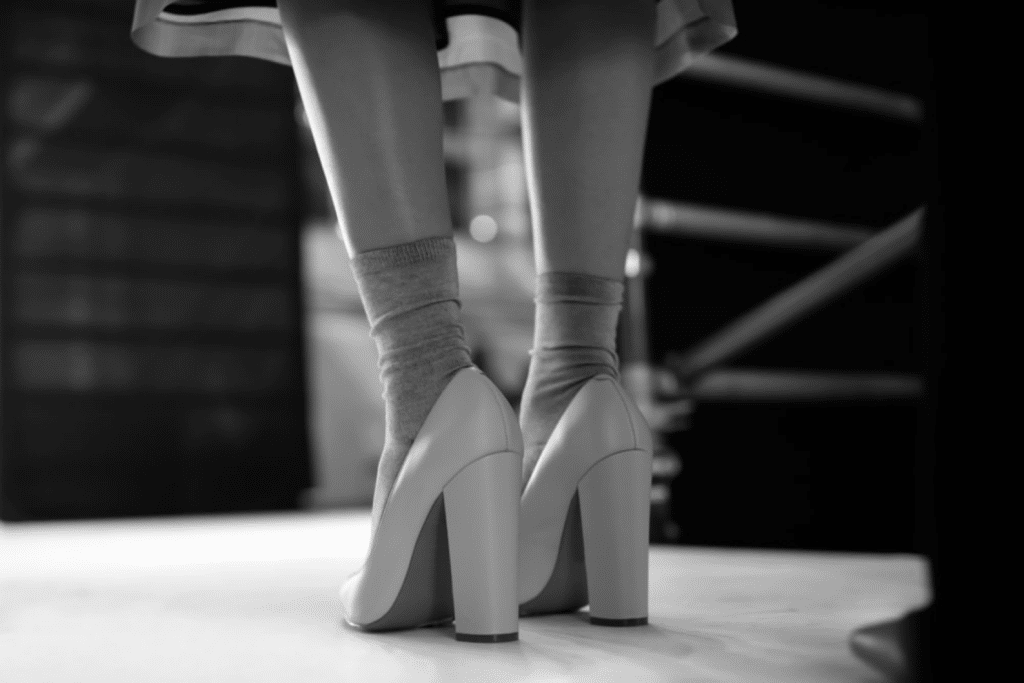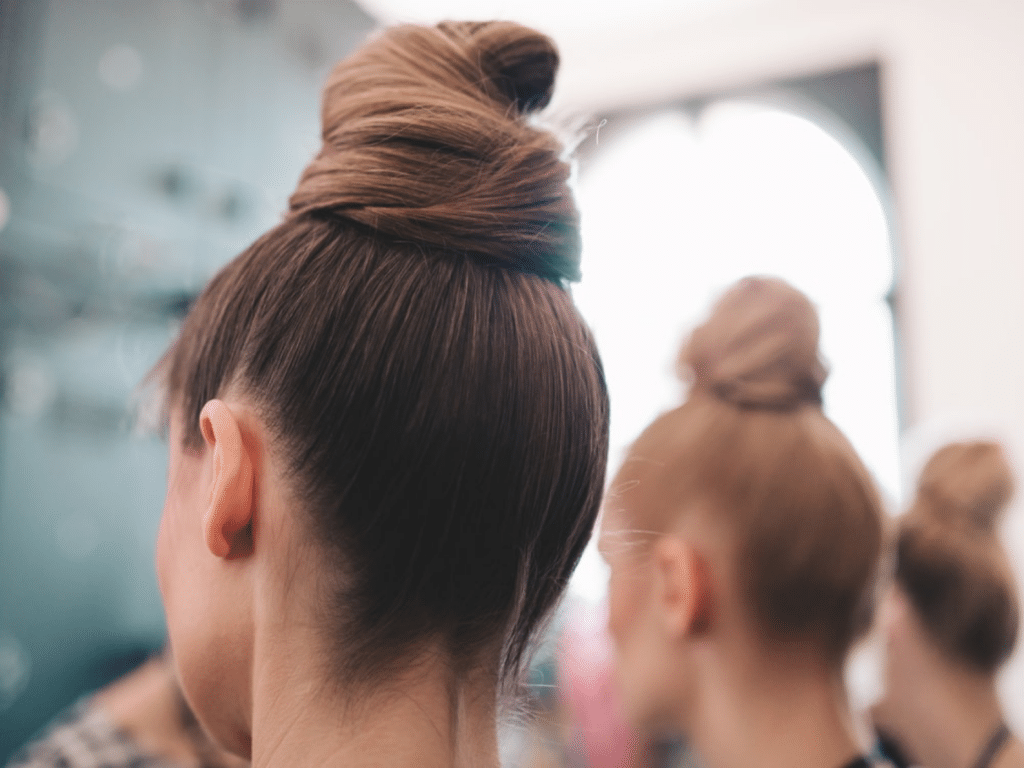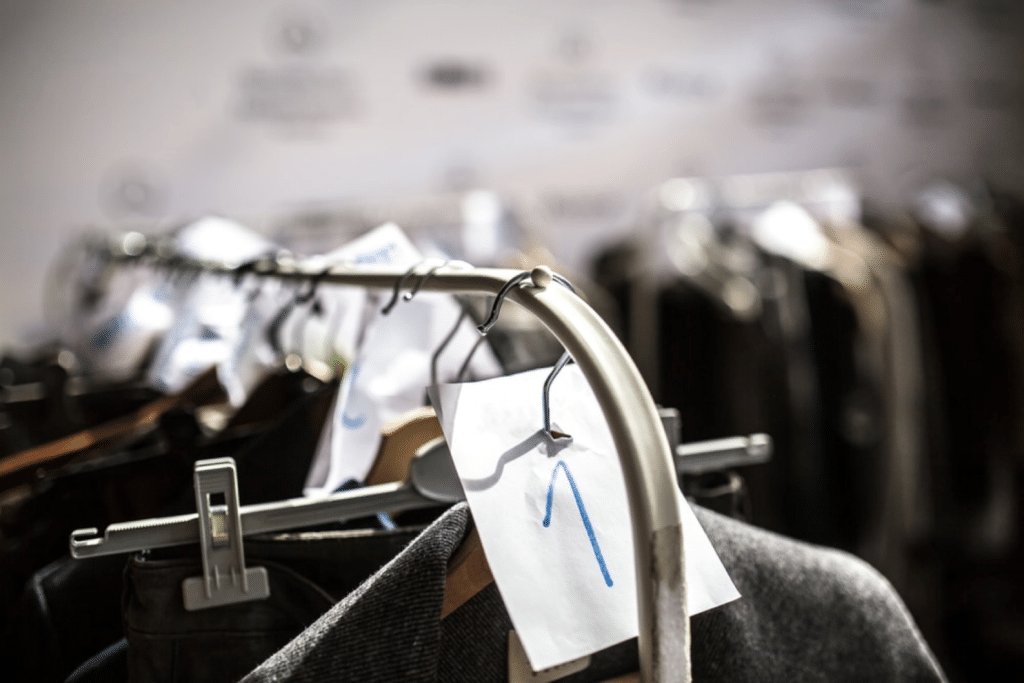What It’s Really Like Modelling in a Fashion Show
Modelling in a fashion show may look glamorous from the FROW but, behind the scenes, it can be absolute madness. Last minute changes, the sheer amount of people and no-shows can make the atmosphere a little stressful.
From the moment the first model steps on to the runway to the finale, the backstage area is chaotic. Even though the fashion show has been planned and prepped for months in advance, designers changing their minds and unforeseen hiccups can completely change the running order.
Modelling in a fashion show is a lot more difficult than you may think. You are expected to be on board for all aspects leading up to the event. A models fashion week schedule is probably their craziest time of the year.
A Successful Casting Call
The process for London Fashion Week (and all the others that follow) begins like any other modelling job – with a casting call. You will most likely have quite a few lined up during the fashion week period and may have to travel internationally to Paris, New York and Milan.
Try not to plan ‘go-sees’ (another term for casting calls) too close together in case of delays. Castings do involve a lot of waiting around, so be prepared and bring a book or something else to keep you entertained.
Once in the room, you will be expected to deliver your model walk. Make sure you practice in advance and strut with confidence. They may ask you to repeat this a couple of times and even give you advice if they see potential. The casting agents may also take a quick snap of you to remember who you are when they are deciding who to choose.

The Fittings
With a few successful castings, you will have fittings to attend before the actual date. The designer arranges a line-up, deciding which model will be most suited to each design.
The model will be invited to the fashion house where they get to try on the garments so the designer (or more likely one of their assistants) can clearly see the adjustments that will need to be made. The model needs to be patient and stand still whilst they pin areas that need altering.
By the final fitting, it is a matter of double-checking and making minor adjustments (unless the designer has had a complete change of heart, which isn’t unheard of). The number of fittings depends on the designer and how the process is going but the model must make sure that they are available when they are needed.
Attending Rehearsals
Before the big day, the model will be required to attend rehearsals so that they know exactly what they’re doing. Hopefully, the running order will remain the same but it isn’t guaranteed. Models are zigzagging all over the city trying to make all of the shows on time. However, if a model gets a better offer on the day she may not show up. This could result in a new model taking their place last minute, which could affect other model’s positions too.
Fashion weeks are about showcasing your talent and making a name for yourself in the fashion industry. Therefore, a model who adapts quickly and performs well under pressure will be remembered for next season.

It’s Hard Work
A lot of models work in multiple fashion shows over a few days that are located in different areas of the city. Dashing across town is a reality for many models, who must avoid being late if they want to work again.
Once at the new venue, the model’s look from the previous show will be removed by hair and makeup artists and started all over again. This could happen a few times a day, which can be damaging to hair and skin. With early starts and late finishes, a model’s complexion can suffer.
Models also endure exhaustion during this period which can lead to puffy and sore eyes. Eye masks and eye drops are really worthwhile investing in during this time to keep the face fresh and awake.
For hair, natural oils are advised on the run-up to shows to treat the locks overnight. After the fashion shows have finished you will be expected to attend parties to network. Models really do work on minimal sleep during this time.

Constant Communication
Invest in a portable phone charger, as your agent will need to get hold of you. With so many apps, smartphone batteries don’t last the day and a socket may not be in sight. A fully charged high-quality portable charger will be a lifesaver.
You might need to be asked to go to a fitting that wasn’t previously planned. Your agent may WhatsApp you with the details and, without a phone, you may miss an important message. As well as eating, you will be expected to catch up with your agent whilst running between shows.
The Dresser
The model’s clothing will be lined up on a rail with their photo, name, shoes and essentials (nude underwear etc). They will be assigned a dresser who will help them as they come off the runway to get dressed into their next outfit. This needs to be done extremely quickly so no cues are missed.
Running in 5-inch heels is a reality for all models backstage. However, once on stage it’s important the model shows no signs of stress or fatigue.
The audience must know nothing of the crazy, hectic goings-on backstage.

How Much Do Runway Models Make Per Show?
It’s difficult to predict a set figure for a runway model salary. It mostly depends on their profile in the fashion industry, their number of social media followers, their gender and their experience in the industry.
A well-established public figure will earn a lot of money per show, but an unknown may only be paid in clothes. The fashion world is all about who you are. Aspiring models walk in a lot of shows for the experience and excitement rather than the money. You have to weigh up if the catwalk appearance is worth your while.
If you do walk for next to nothing, make sure the next season that your wage goes up. Remember that you have to pay your bills, rent and eat. Getting experience is important, but don’t let anyone take advantage of you.
Unfortunately, men make much less modelling in a fashion show than women. It is the one industry where women are paid more as the industry is much more lucrative than men’s. It is an injustice that needs to be addressed as male models are being discriminated against for their gender. Equal pay is just as relevant for men as it is for women.
Is It Worth It?
There are a multitude of reasons why fashion show modelling is difficult. It’s exhausting and demanding, with little time for rest. There’s a lot of competition and it can be very stressful. Many models will face rejection when they don’t fit a designer’s plans.
Models are now able to speak up about ill-treatment due to the rise on social media. In 2017, several notable models voiced their support for James Scully, a casting director, condemned two colleagues on Instagram for keeping models in an unlit stairwell for several hours.
Models.com also put together quotes from models who felt they had been mistreated.
But, despite the controversy, it remains as one of the most sought-after jobs in modelling. It opens huge windows of opportunity for successful models. It’s also seen as incredibly glamorous (even if the reality is otherwise).
To get the most out of modelling in a fashion show, it’s important to know your rights as a model. Speak out if you feel mistreated and ensure you have a supportive agency so they can provide advice.